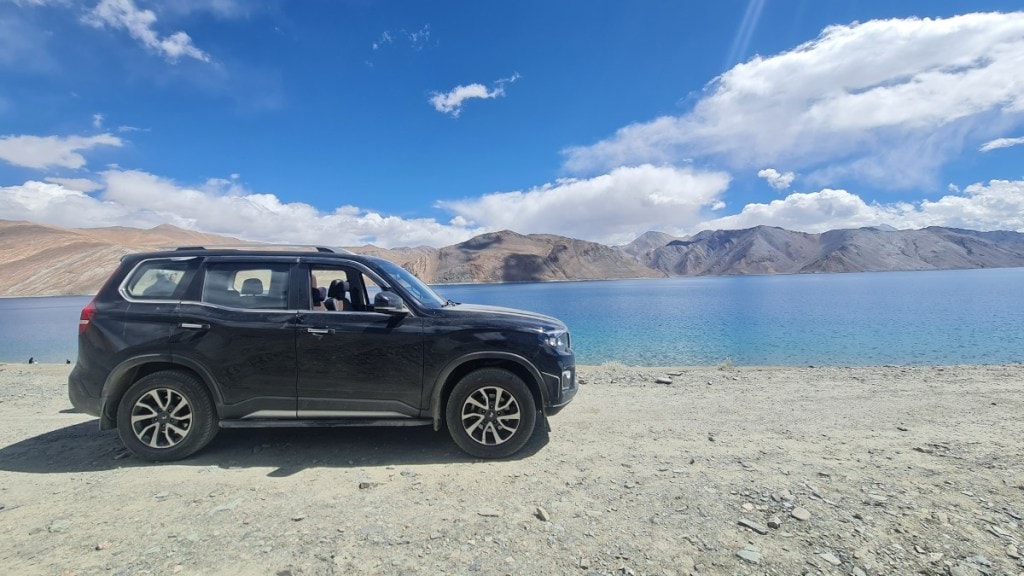The National Board for Wildlife (NBWL) recently cleared five key road stretches, crucial for enhancing India’s military infrastructure along the Line of Actual Control (LAC) in Ladakh. Out of these, four road segments pass through the Karakoram Wildlife Sanctuary, with one leading to Daulat Beg Oldie (DBO), India’s northernmost military outpost, and the location of its highest airstrip. This clearance is significant given the sensitive geopolitical context of the region and the ecological concerns associated with infrastructure projects in wildlife sanctuaries, reported the Indian Express.
The cleared road stretches include the Chushul-Lukung to Thakung post link road, the Durbuk-Shyok-Daulat Beg Oldie (DS-DBO) to Saser-Brangsa-Gapshan link, and upgrades to the Leh-Chalunka road. Notably, the 7.75 km DS-DBO to Saser-Brangsa-Gapshan road will be constructed at an altitude of 17,000 feet. These routes are crucial for military logistics, facilitating faster movement of troops and supplies in the strategically important Sub-Sector North.
Strengthening Defence Posture
The road infrastructure is a critical component of India’s efforts to strengthen its defence posture along the LAC, especially after the 2020 Galwan Valley clashes with Chinese troops, which heightened tensions between the two countries. The existing DS-DBO route, running parallel to the LAC, provides direct sightlines into Chinese-held territory, making it vulnerable during hostilities. The new route, however, offers an alternative path for the rapid deployment of military resources, positioned nearly 100 km away from the Chinese-held areas, which adds a layer of strategic depth.
While road projects are essential for national security, they come with significant environmental concerns. The Karakoram Wildlife Sanctuary, through which these roads will pass, is home to rare species like Tibetan antelope, snow leopards, and ibex. Recognizing this, the NBWL’s clearance is conditional on the implementation of animal passage plans to mitigate the impact on local wildlife. Furthermore, the Ministry of Defence has been asked to secure the necessary permissions for forest land diversion where applicable.
The balance between infrastructure development and environmental conservation remains delicate. As India continues to bolster its defences along the LAC, these projects highlight the complex interplay between national security imperatives and the preservation of fragile ecosystems in high-altitude regions like Ladakh.

